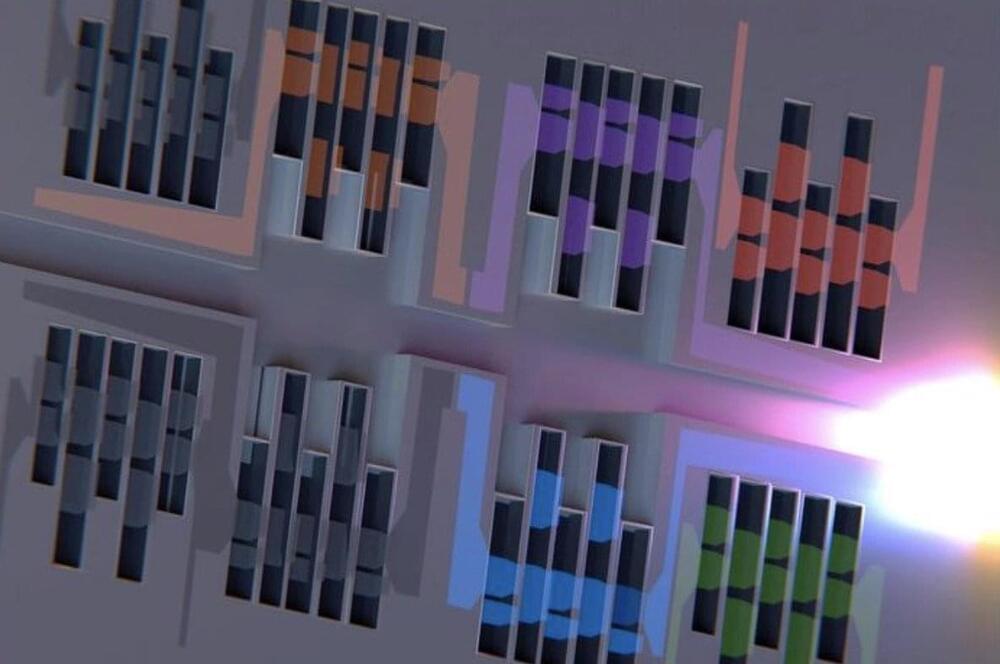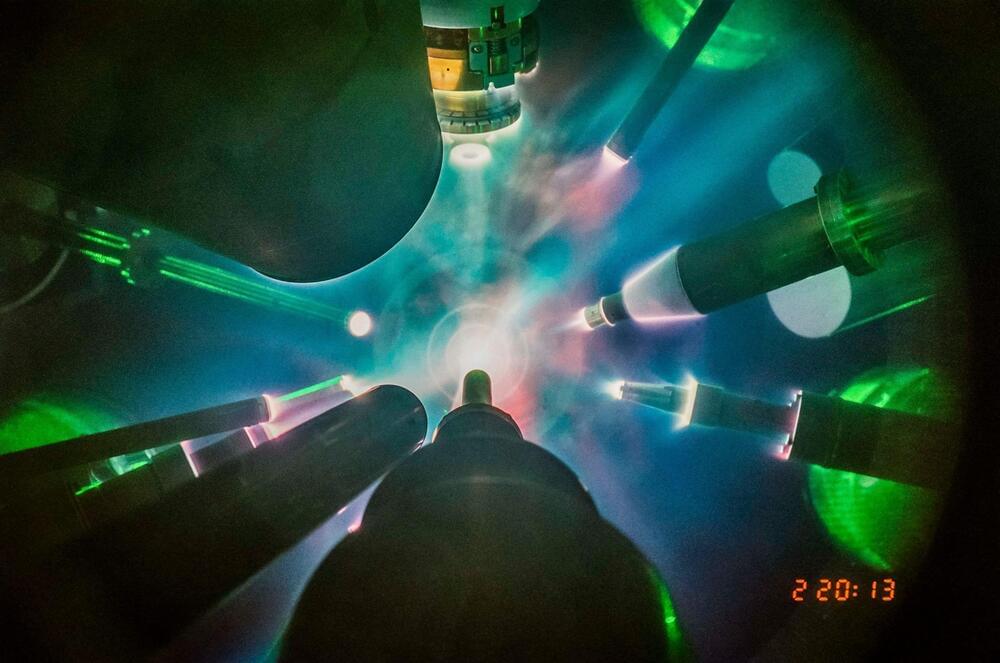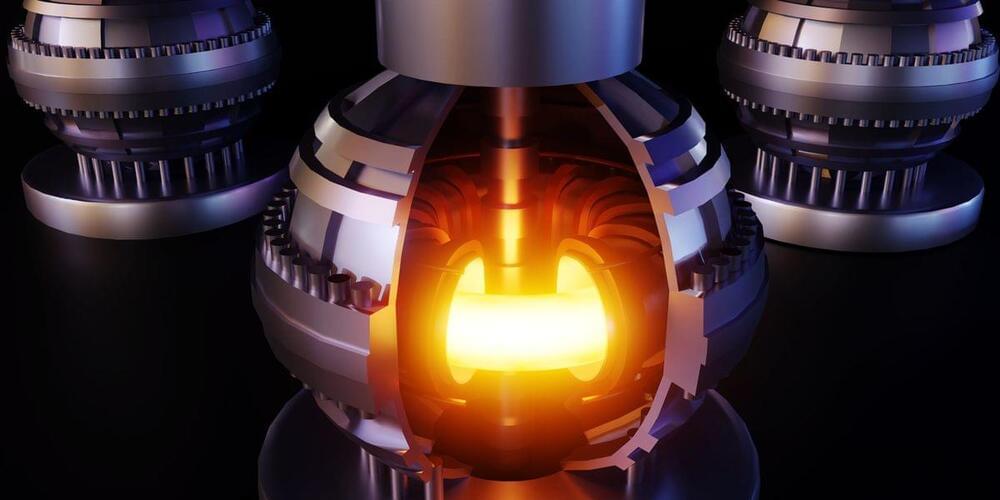Mar 9, 2024
Biostasis Progress: Unveiling 4 Patient Cases from Tomorrow Bio
Posted by Paul Battista in categories: biotech/medical, innovation
Join us for an extraordinary livestream webinar, ‘Paving the Way for the Future: Learning from 4 Biostasis Cases and the Challenges and Advancements at Tomorrow Bio’ featuring esteemed speakers Dr. Emil Kendziorra and Dr. Irishikesh Santhosh from Tomorrow Biostasis GmbH. This pivotal session, scheduled for March 18th, 2024, at 7:00 PM, will delve into the latest advancements and real-world applications of biostasis, focusing on the detailed processes and outcomes associated with four distinct patient cases from 2023.
In this webinar, we will explore the intricate procedures and challenges encountered during the biostasis process, including stabilization in the face of cardiopulmonary arrest, the nuances of surgical and perfusion procedures, and the critical cooldown process for long-term storage. Our experts will unpack the innovative techniques employed, the utilization of cryoprotectant solutions, cooling techniques, and the diligent monitoring through CT scans, alongside the resolution of unforeseen technical challenges.
Continue reading “Biostasis Progress: Unveiling 4 Patient Cases from Tomorrow Bio” »

















